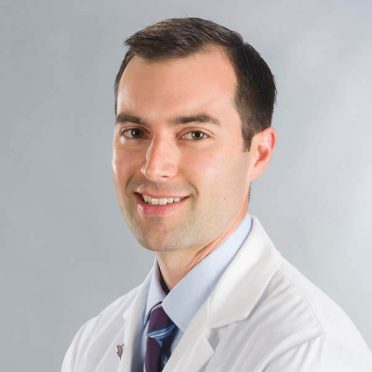After three years demonstrating the benefit of collaborative men’s healthcare across three locations, the Tallwood Men’s Health medical director looked to the future in a perspective published in a professional newsletter.
Jared Bieniek, MD, a urologist with the Hartford HealthCare Tallwood Urology & Kidney Institute and men’s health medical director, penned the piece for the American Urological Association.
“Understanding the male mindset and gender disparities, there is an obvious opportunity for men’s health centers,” Dr. Bieniek wrote, noting that centers are the best way to provide care “directed at the entire man, not just the presenting symptom.”
This, he said, distinguishes Tallwood Men’s Health from “commercially-driven entities focused solely on sexual or hormonal management” and “operating in the gray areas of current guidelines.”
Tallwood Men’s Health launched its first center in Farmington four years ago to grant patients accessibility to an integrated group of specialists in preventative cardiology, endocrinology, sleep medicine, urology, behavioral health, medical weight loss and bariatric surgery.
One of its key successes has been the team’s ability to connect men with primary care providers.
“Primary care is where diseases like diabetes and even cancer are found before they become too dangerous. It became an important part of our mission to address that void as well,” Dr. Bieniek said.
Referrals made to PCPs – both those in communities convenient to the patients’ homes and the one added recently to the Farmington Men’s Health office – increased by fiscal year:
- 43 in 2019
- 82 in 2020
- 401 in 2021
- 367 in 2022
> Want more health news? Text StartHere to 85209 to sign up for text alerts
“Having a diverse group of providers available to address the many interrelated conditions men have – such as high blood pressure, weight, sexual function and depression – makes it easier to connect them with the care they need. The nurse navigator is key, working directly with patients to guide them every step of the way,” Dr. Bieniek explained.
In his AUA piece, he predicted the increase in men’s health centers could improve the gap in life expectancy between men and women.
“Decreased engagement with healthcare, particularly preventative, and more common at-risk behaviors – like alcohol and drug use, smoking and injuries – may be a part of the life expectancy divide,” he wrote.
He called on care teams to continue to “break down clinical silos, helping patients and providers understand that presenting problems are not unique to one specialty but, instead, connect multiple disciplines.” This is particularly true with behavioral health.
“After embedding a psychologist in our practice, we began to realize the depths of distress some patients face, occasionally to the point of suicidality,” Dr. Bieniek said.
Other opportunities exist to increase gender, racial and ethnic representation and understanding in the men’s health teams so all patients feel represented and “part of the conversation.”
“Further clarity is needed on how gender incongruent patients fit into a men’s health practice and how we can make the nomenclature more inclusive,” Dr. Bieniek said.



